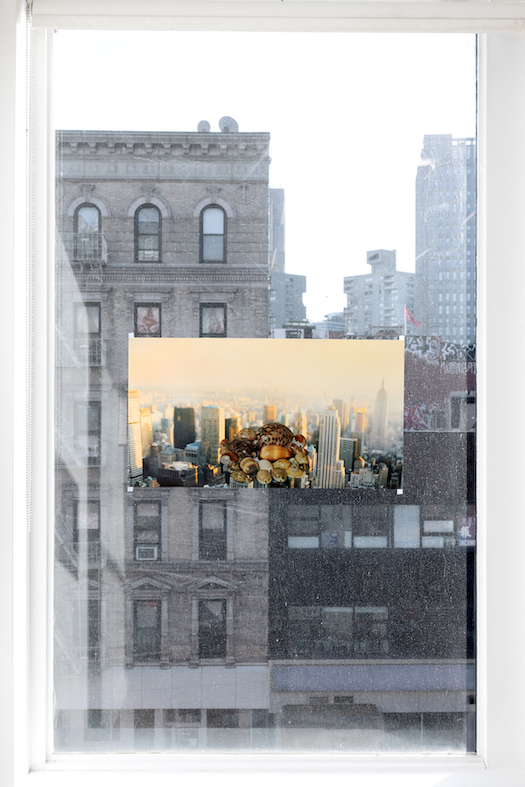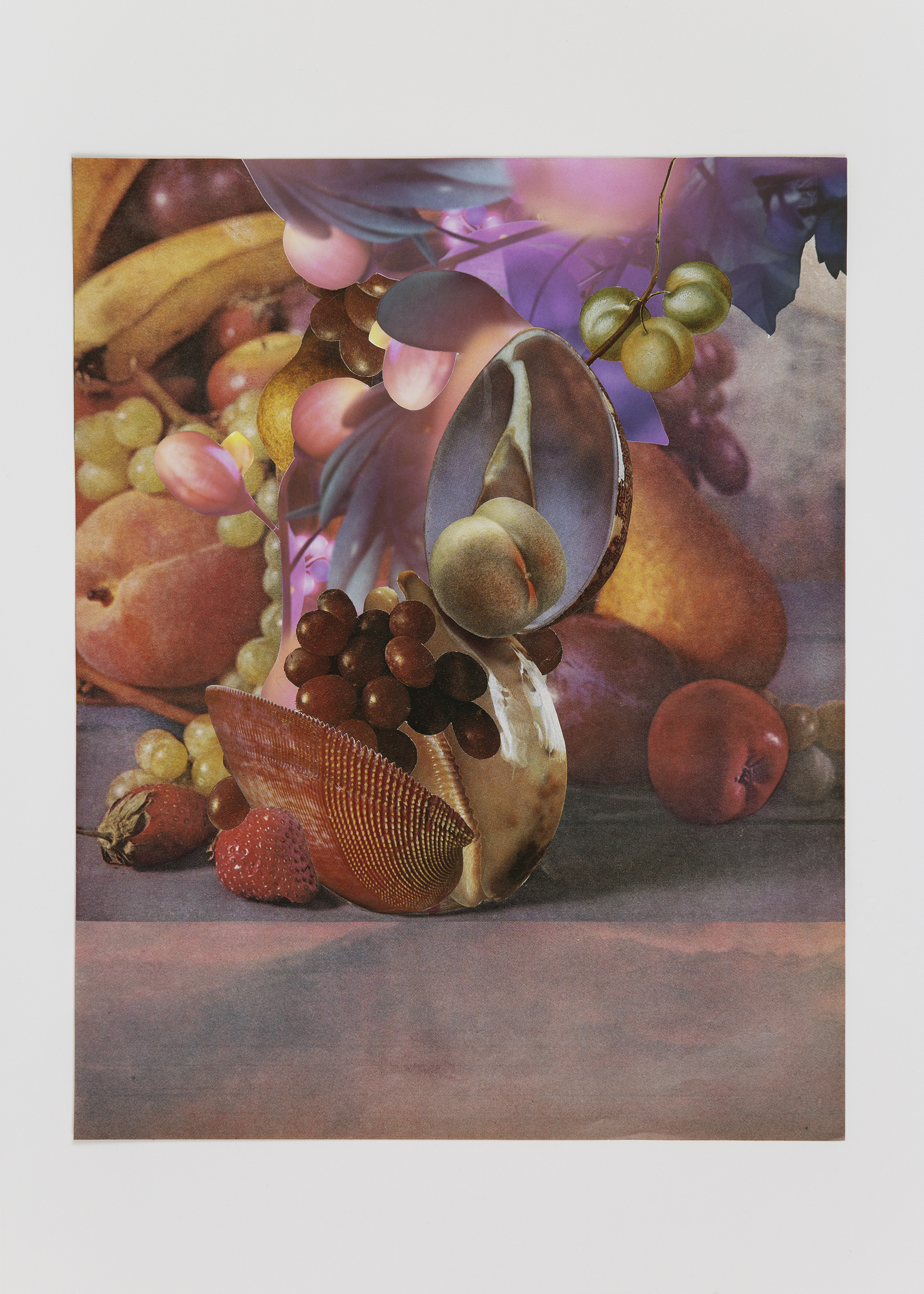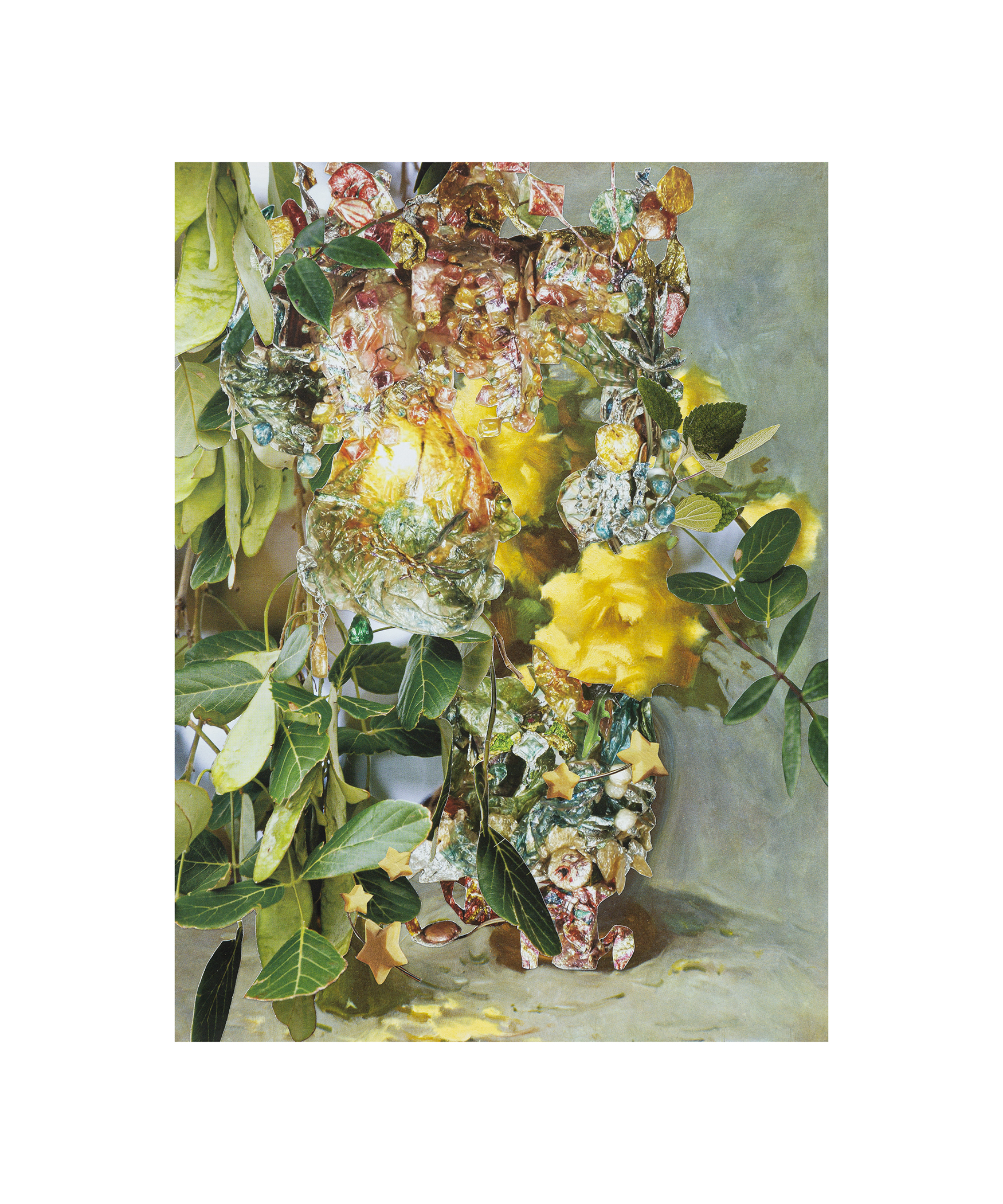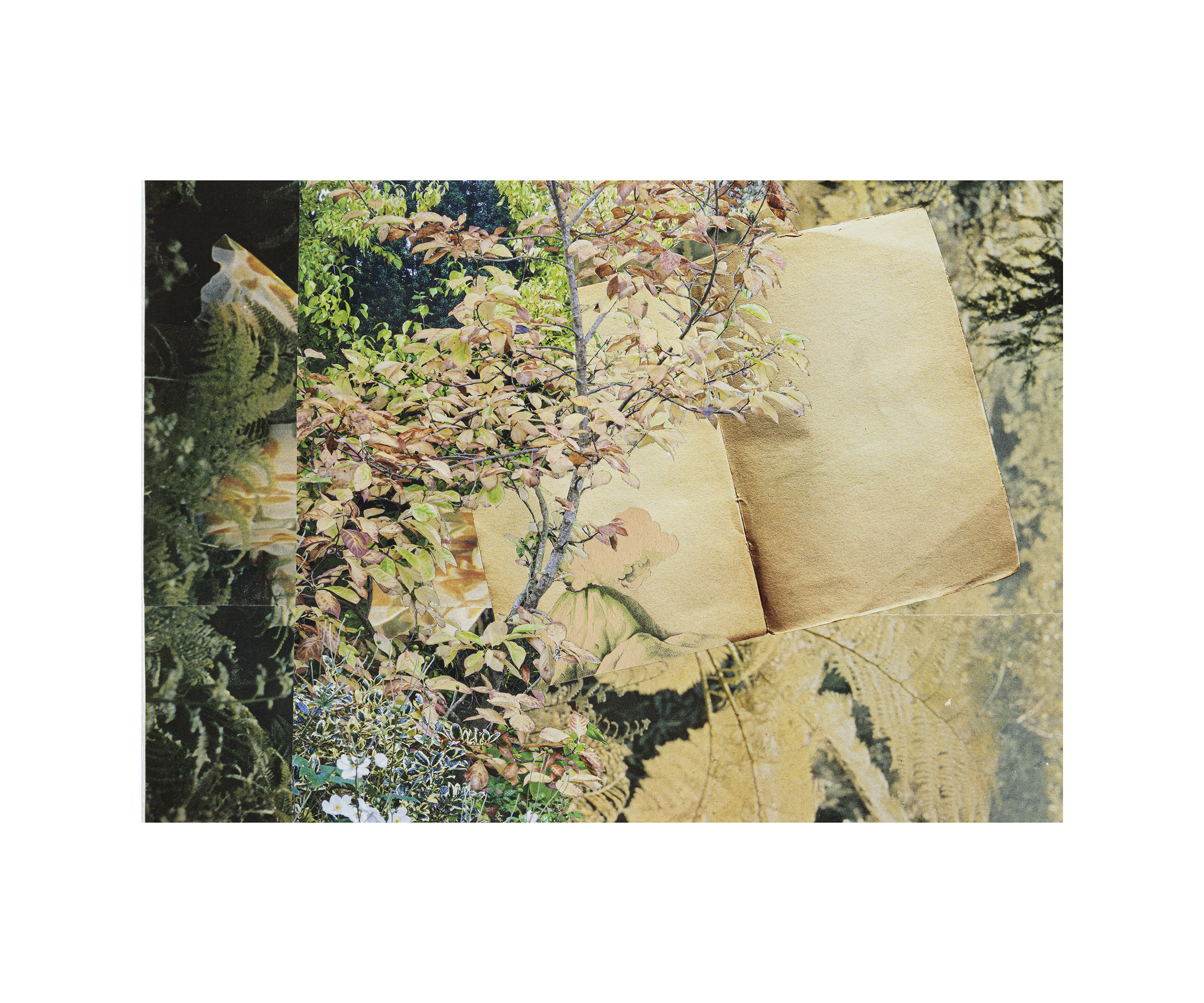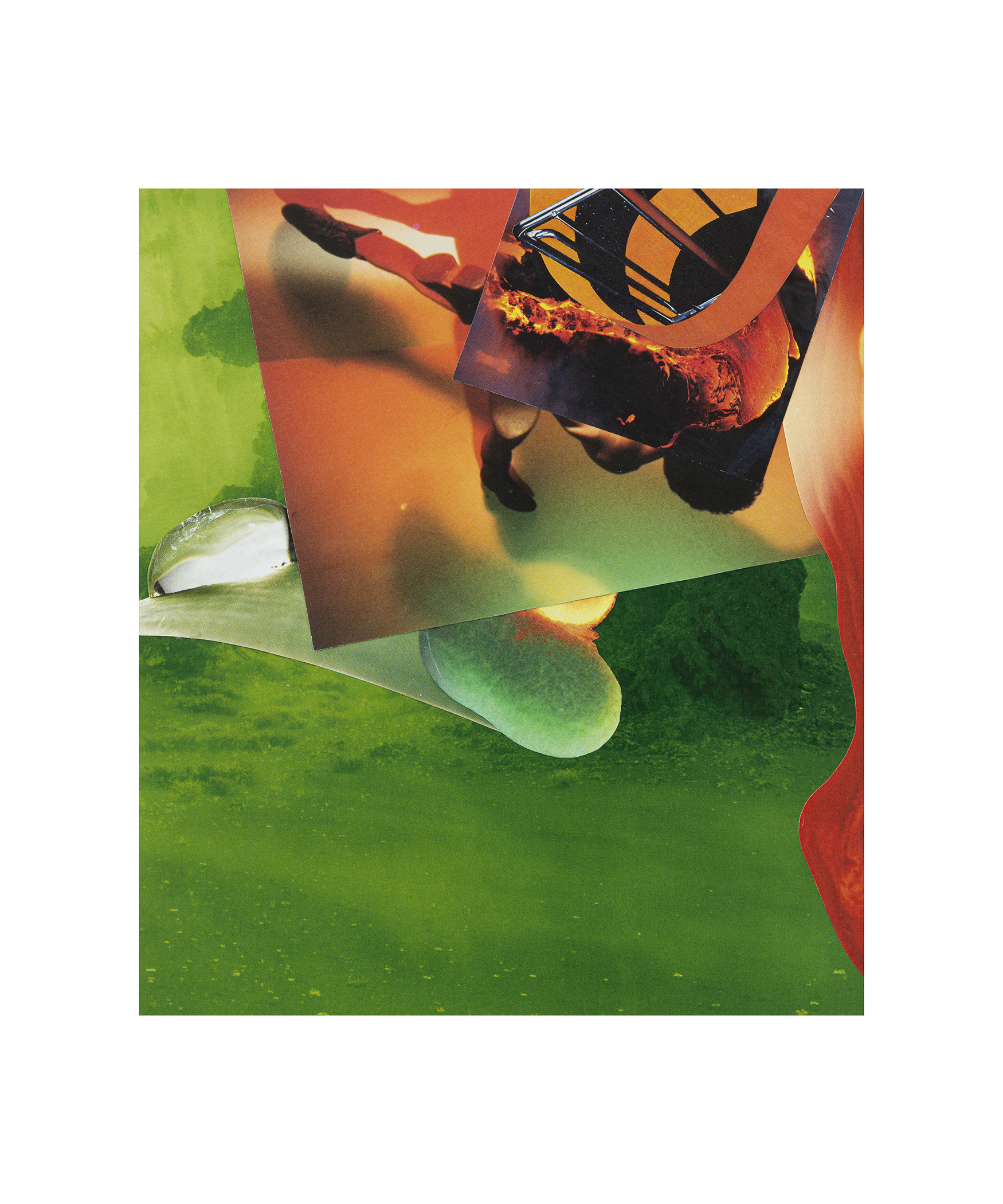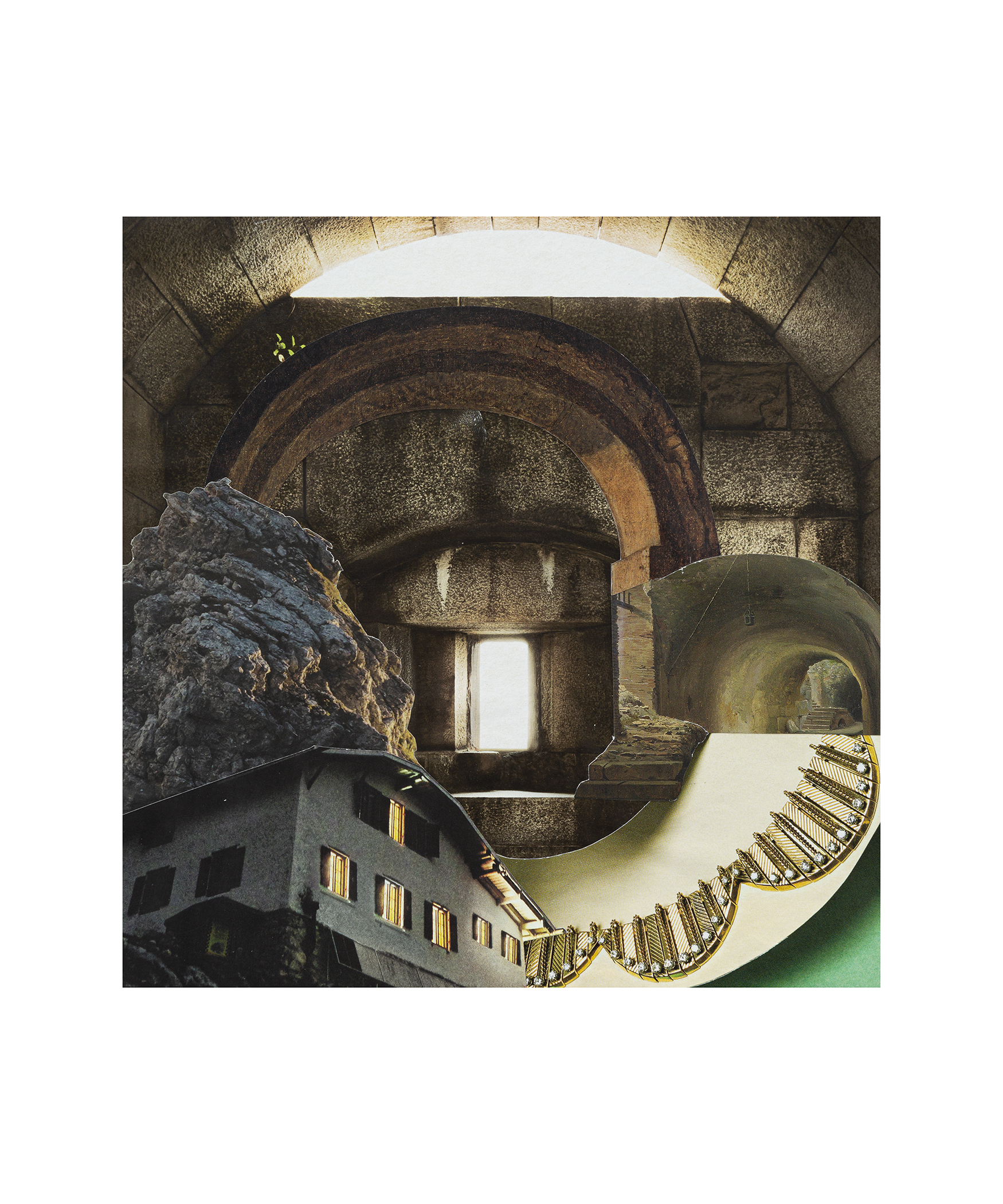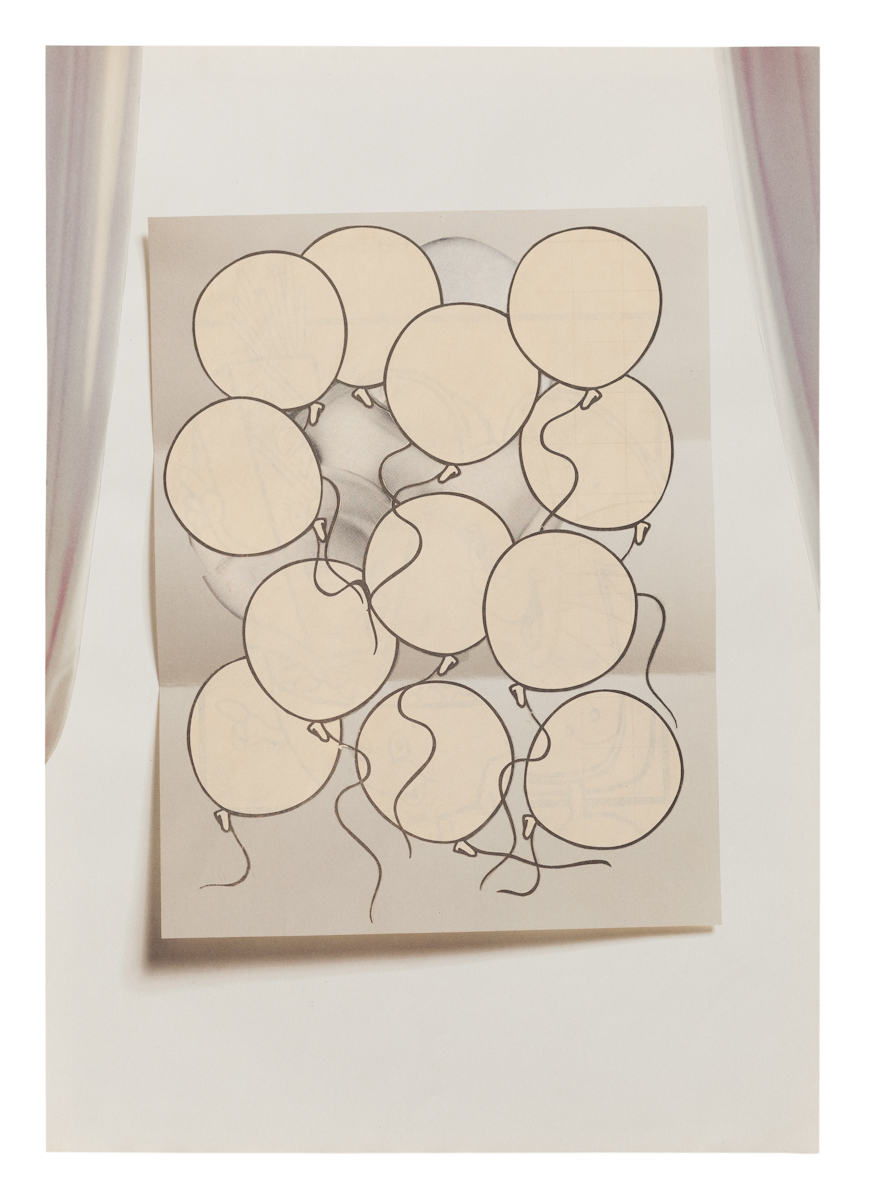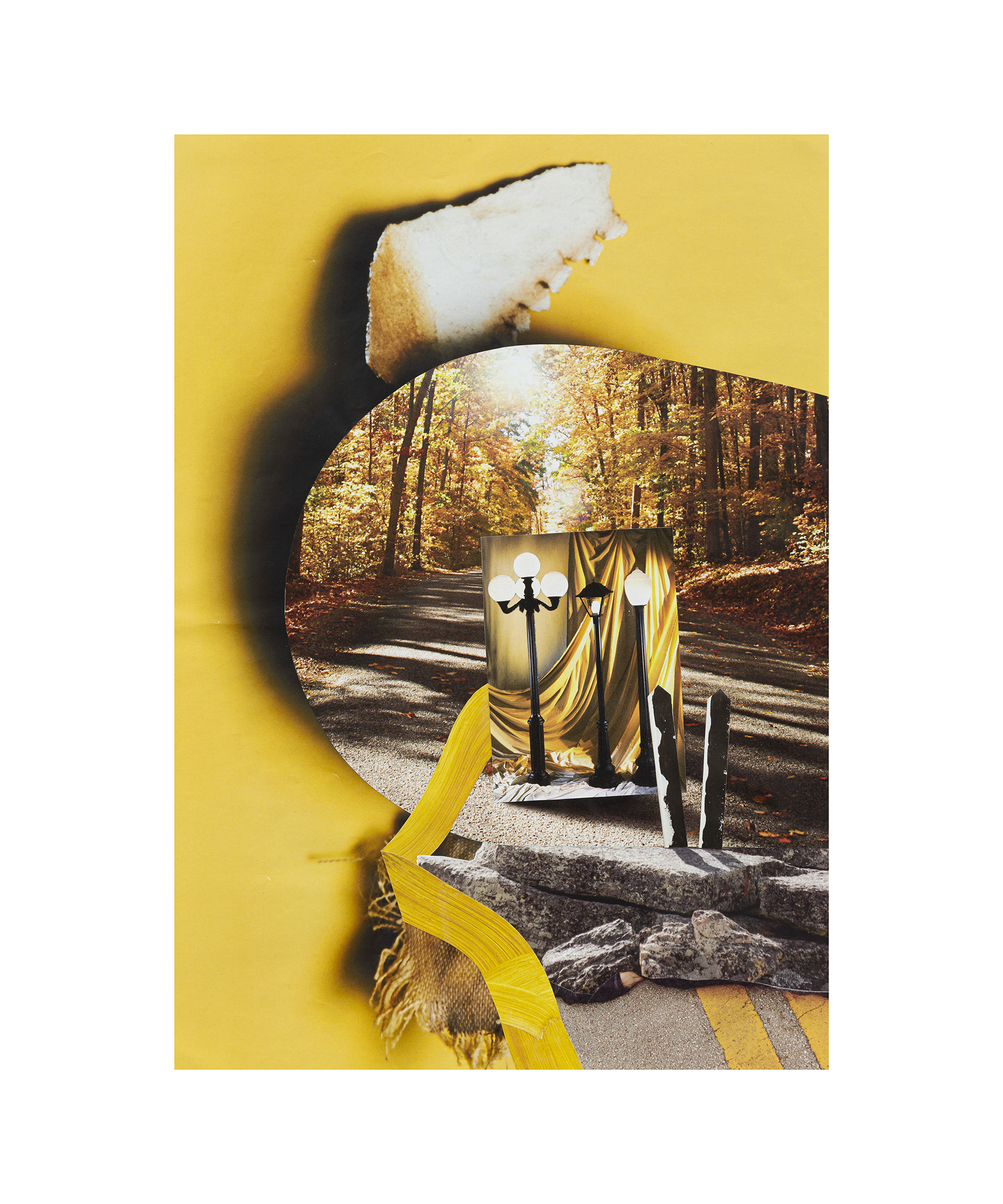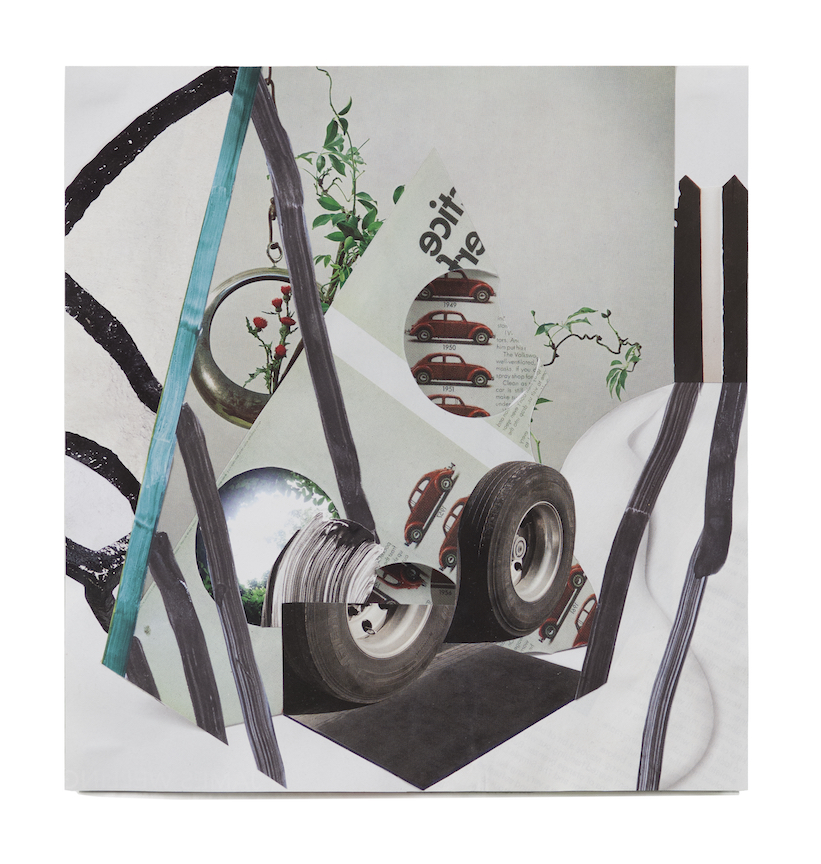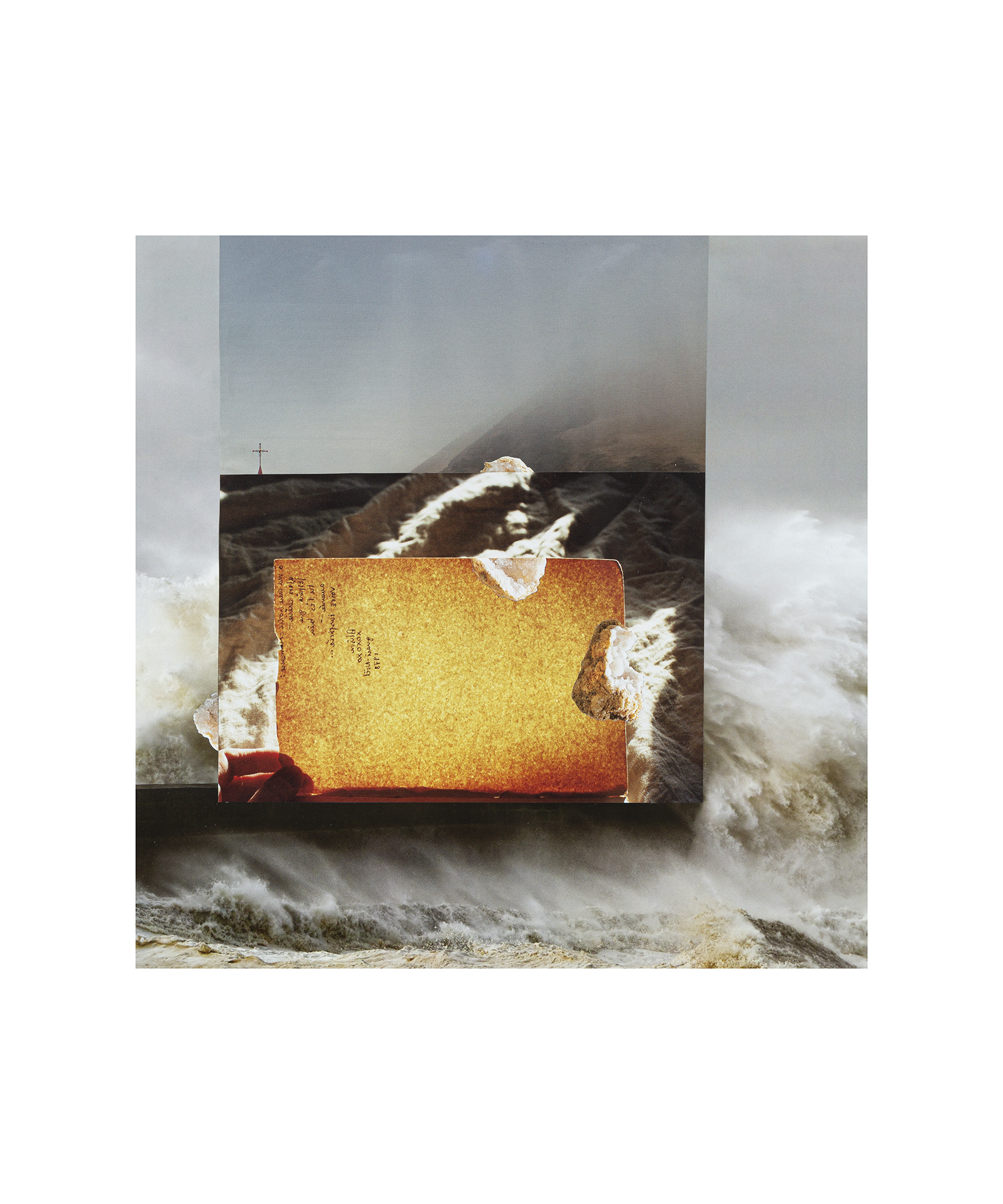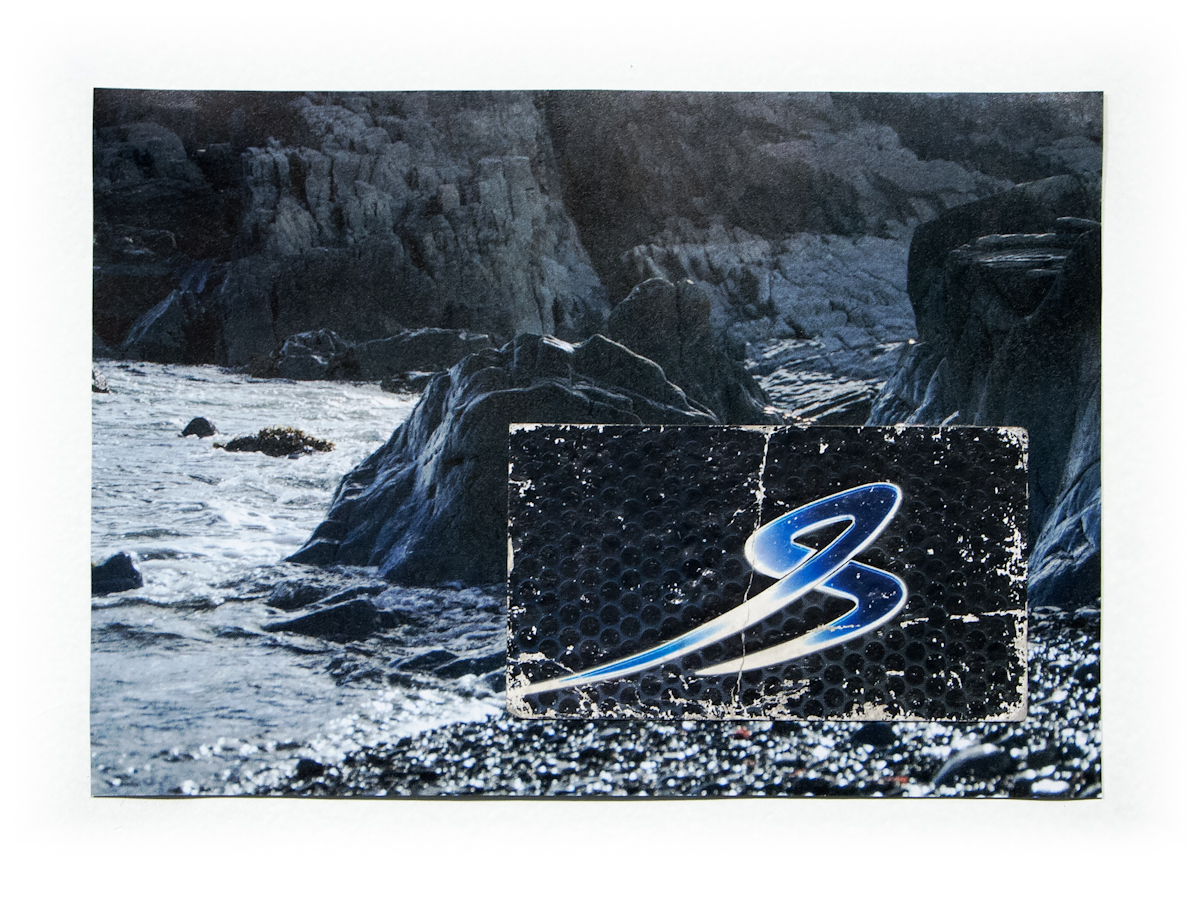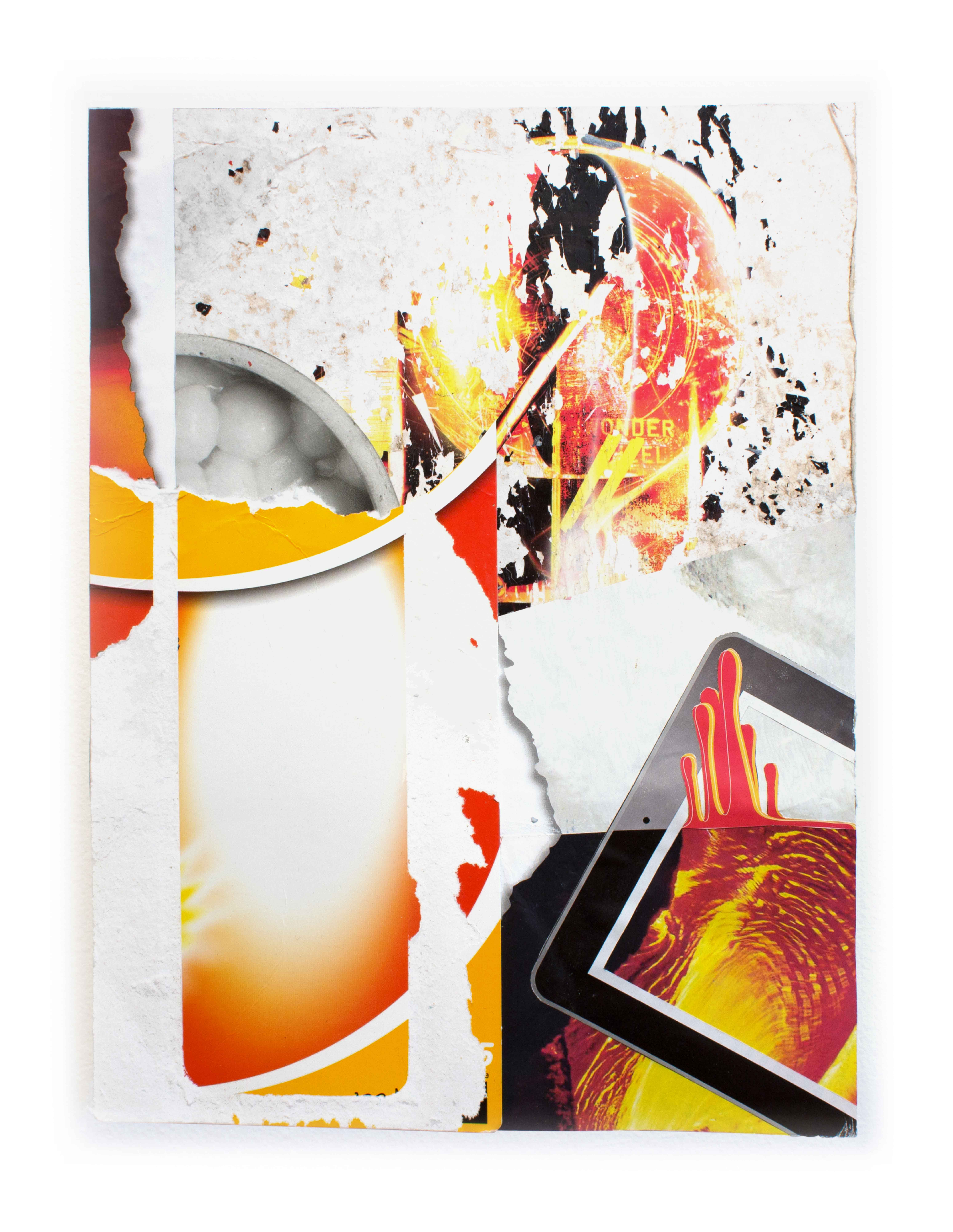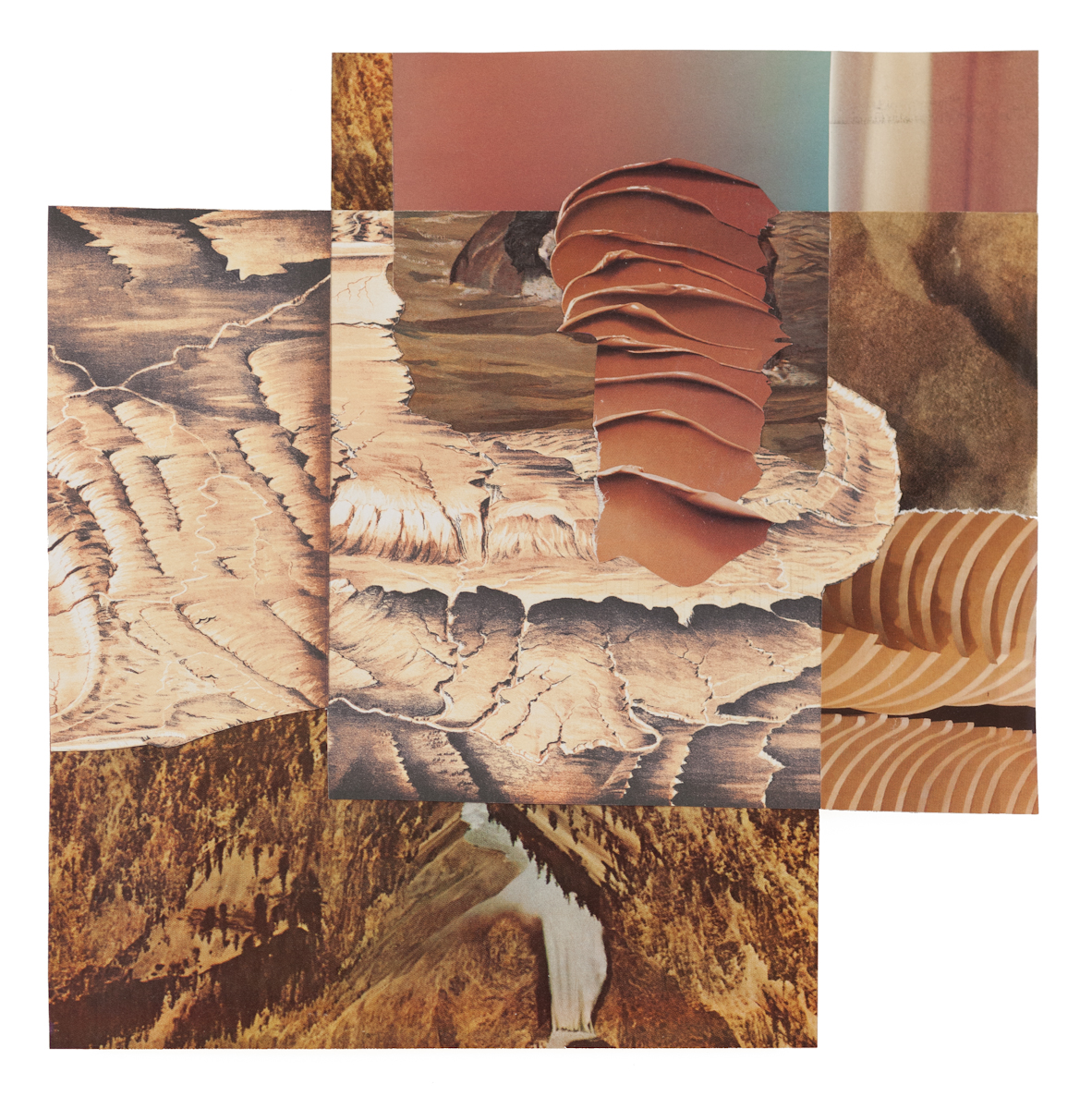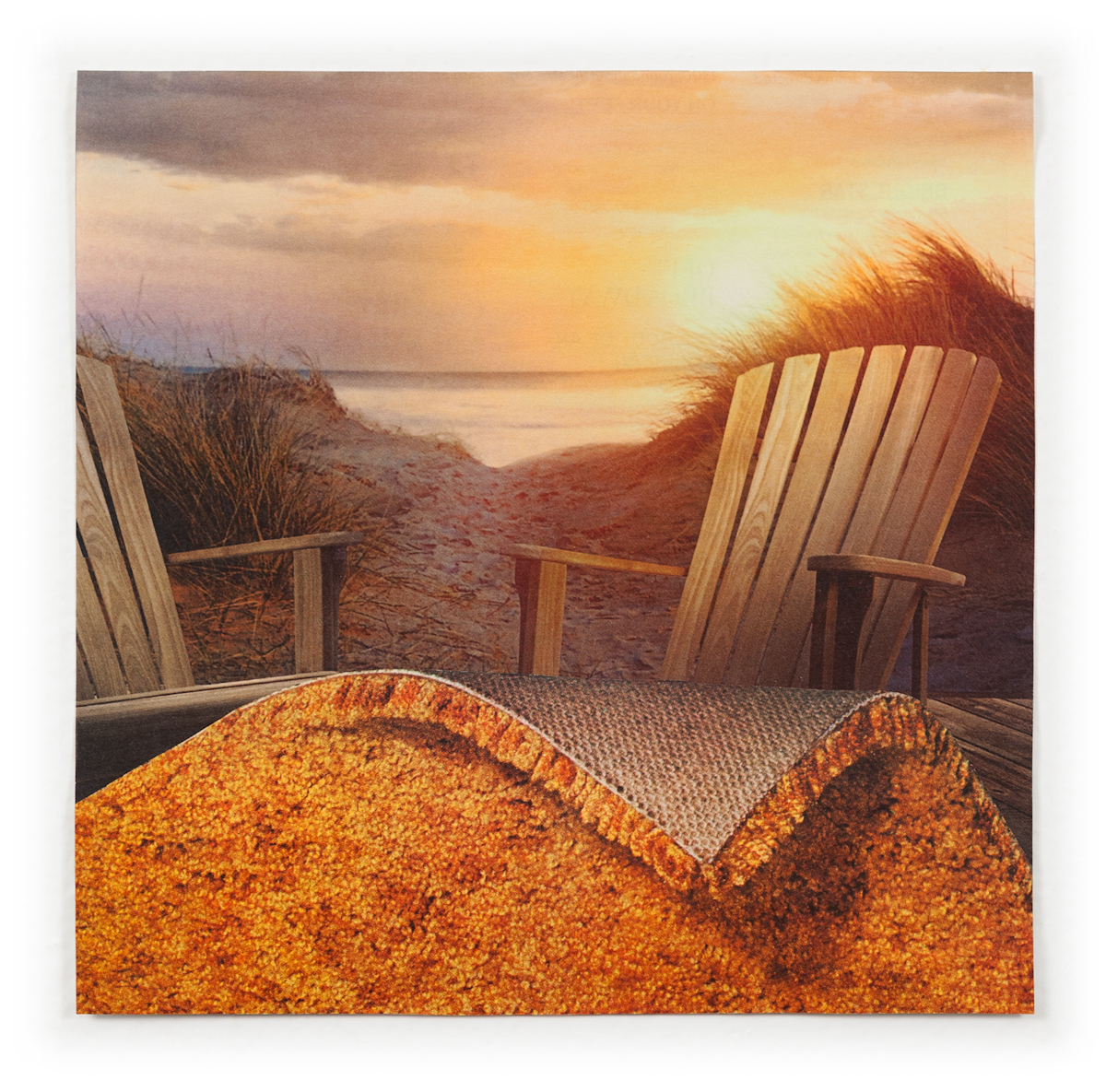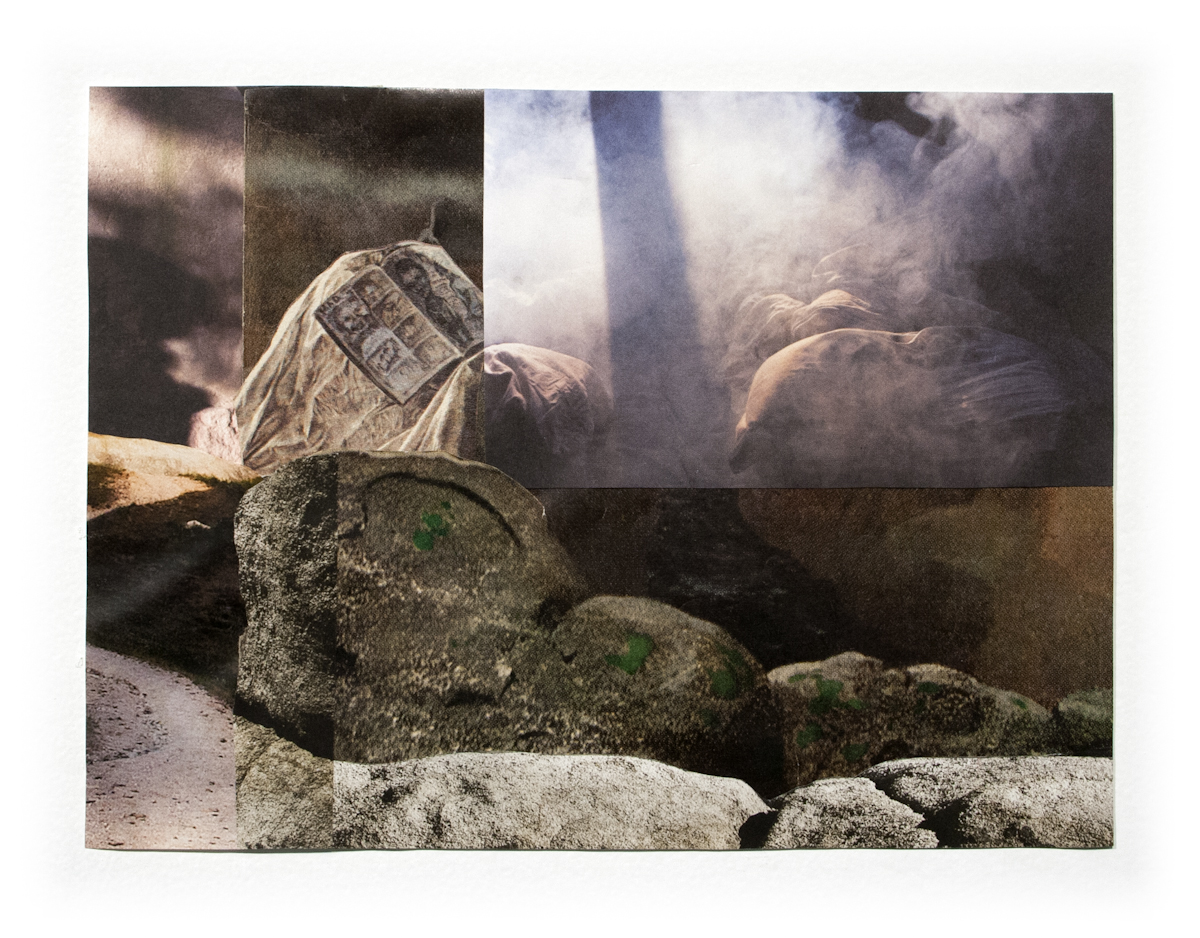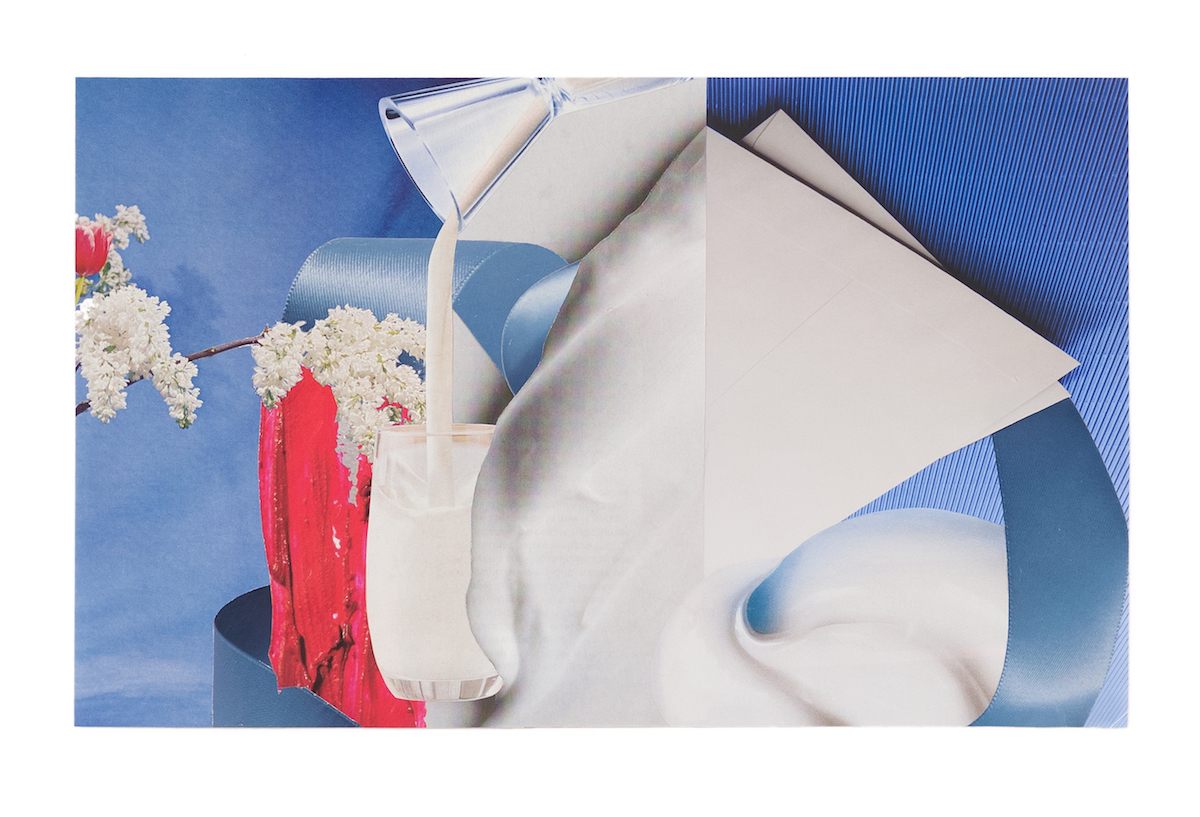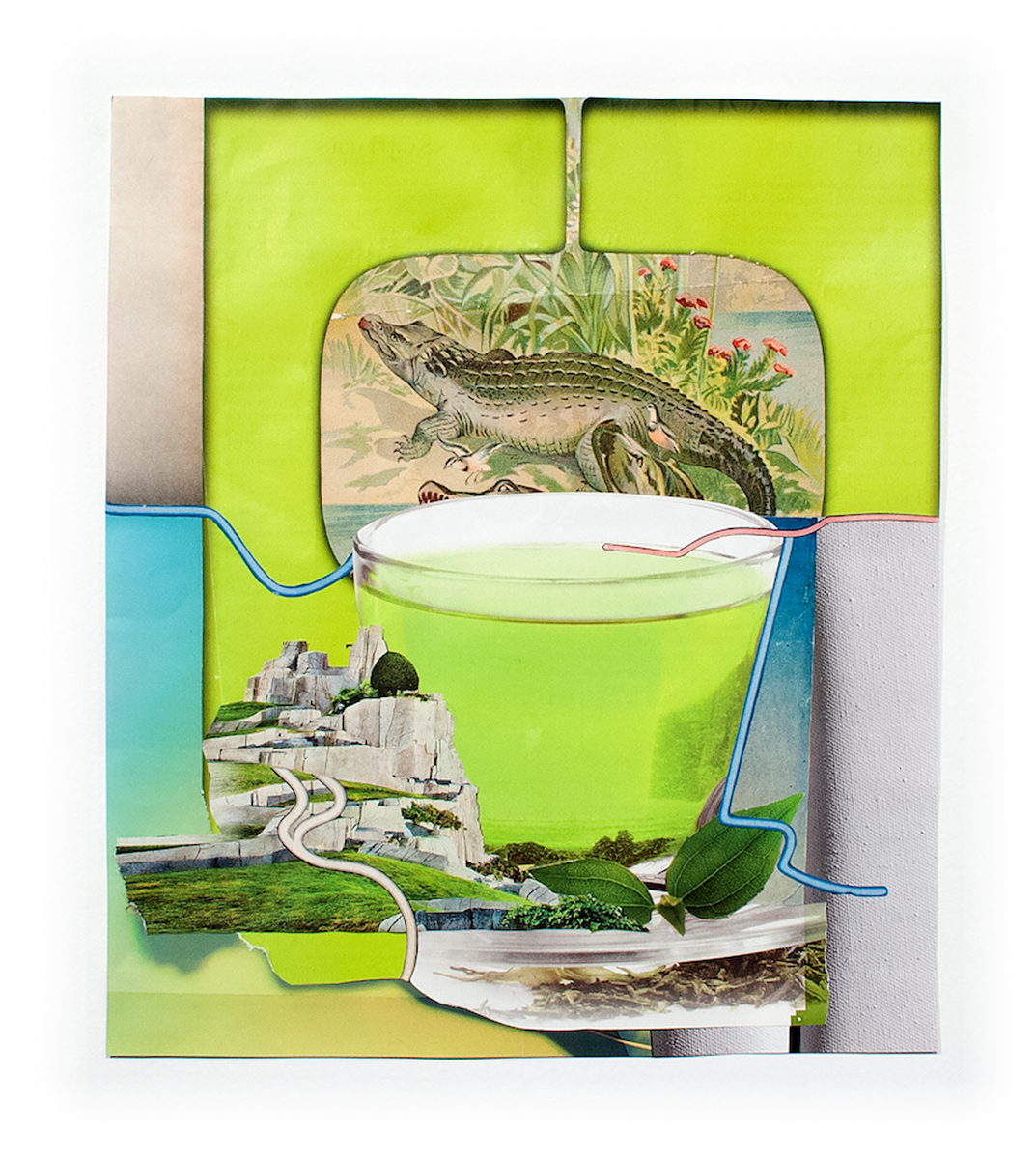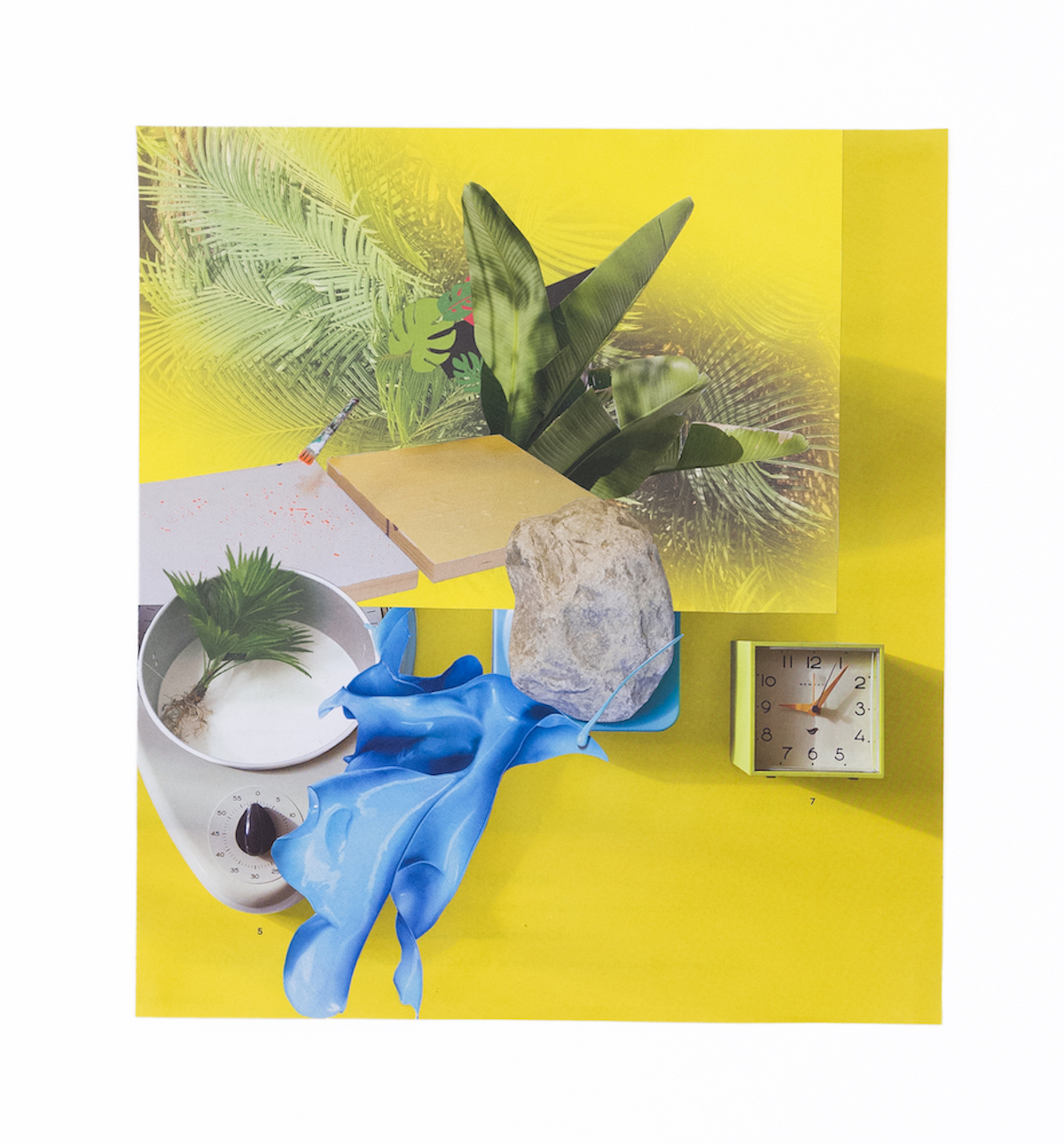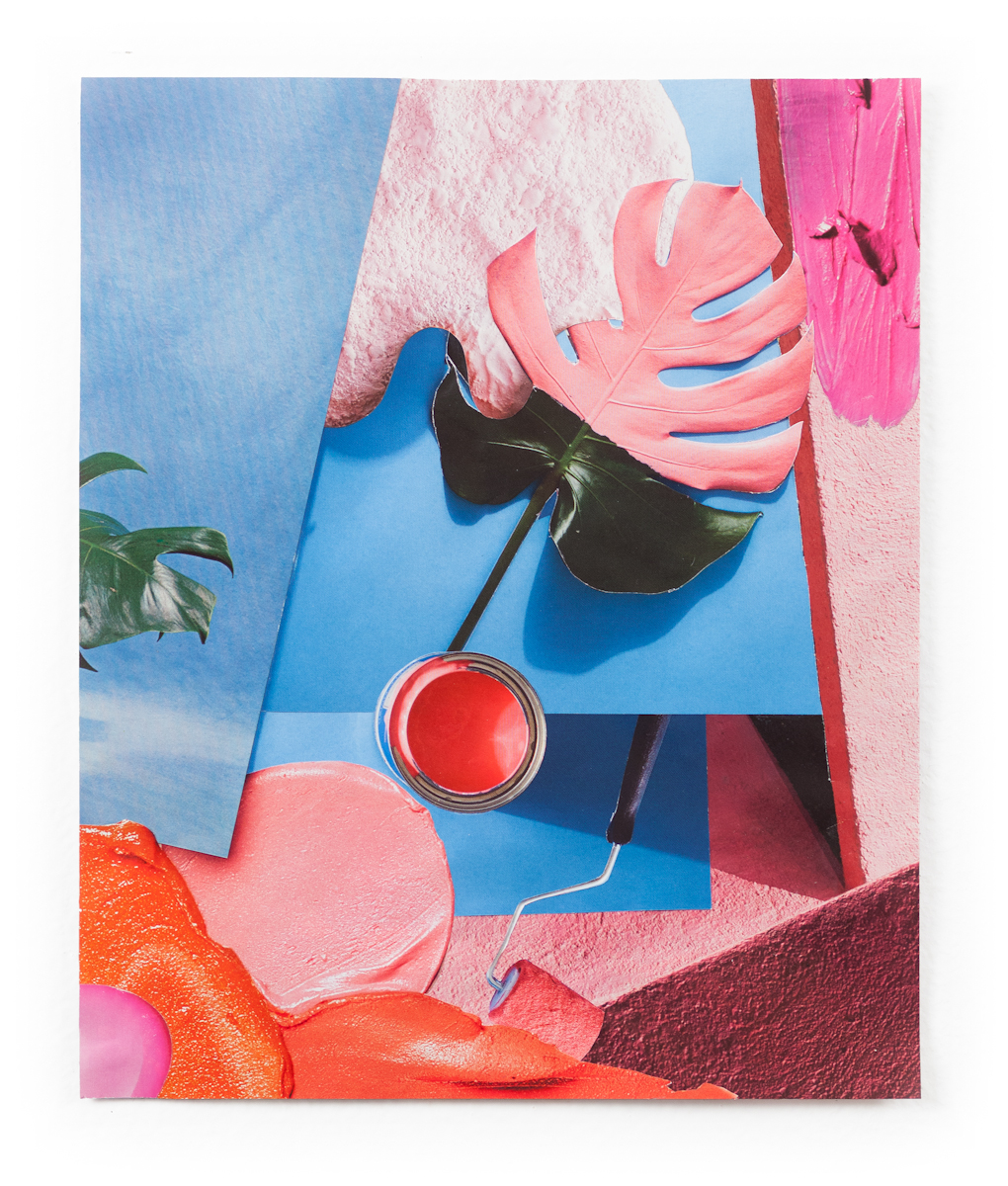Jess Willa Wheaton
︎︎︎Information
︎︎︎CV
︎︎︎Album Art
︎︎︎Documentary Videos
︎︎︎Email
︎︎︎Instagram
︎︎︎Information
︎︎︎CV
︎︎︎Album Art
︎︎︎Documentary Videos
© 2025 Jess Willa Wheaton
All Rights Reserved
Personal statement:
My original paper collages fluidly unite disparate found printed images by hand. No scanning, printing, painting, digital manipulations, etc. are involved. Each work is composed of a mix of printed images of different ages and sources that I discover living in the world - as books, magazines, calendars, cards, packaging, and posters.
Each of my complexly unified works blends between 2 and 23 of these unrelated images. Through rigorous cutting, arrangement, observation, and gluing - a process of months or years - I harness pictures’ latent pictorial aspects through recombination, and test what edges might bloom when juxtaposed with specific others. My curiosity and an intensely cerebral envisioning of dozens of possible outcomes makes this process move. Progress is nonlinear and impossible to predict.
Driving my interest in this process is the access it unlocks: to an intimate dialogue with thousands of physical images at their original, fixed scale. To make this work I must sensitize myself to each image I touch. Needless to say, this tender, analog experience is increasingly rare and meaningful in our digital image-saturated age. In a dramatic change of the last decade, the developed world now encounters most images as postage stamp-sized, immaterial, out-of-context, and waterfalling through smartphones.
And so in a method parallel to digital editing but a gulf apart, I orchestrate new landscapes and allusions to our present, using actual fragments of our world. At fruition, each collage also sophisticatedly circulates color, space, light, and simile within one simultaneous “place” - functioning as something between a painting and a photograph.
To discover which images may merge in my work is also to lift them from the dustbin. Once many component images are reanimated together in a collage and fused in physical and spatial simultaneity, their discordant origins and wide gaps in age dim. In this way, my work proposes an ethos of belief: that, with a commitment to real understanding, improbable unity can be achieved.
Jess Willa Wheaton
New York, January 2021
My original paper collages fluidly unite disparate found printed images by hand. No scanning, printing, painting, digital manipulations, etc. are involved. Each work is composed of a mix of printed images of different ages and sources that I discover living in the world - as books, magazines, calendars, cards, packaging, and posters.
Each of my complexly unified works blends between 2 and 23 of these unrelated images. Through rigorous cutting, arrangement, observation, and gluing - a process of months or years - I harness pictures’ latent pictorial aspects through recombination, and test what edges might bloom when juxtaposed with specific others. My curiosity and an intensely cerebral envisioning of dozens of possible outcomes makes this process move. Progress is nonlinear and impossible to predict.
Driving my interest in this process is the access it unlocks: to an intimate dialogue with thousands of physical images at their original, fixed scale. To make this work I must sensitize myself to each image I touch. Needless to say, this tender, analog experience is increasingly rare and meaningful in our digital image-saturated age. In a dramatic change of the last decade, the developed world now encounters most images as postage stamp-sized, immaterial, out-of-context, and waterfalling through smartphones.
And so in a method parallel to digital editing but a gulf apart, I orchestrate new landscapes and allusions to our present, using actual fragments of our world. At fruition, each collage also sophisticatedly circulates color, space, light, and simile within one simultaneous “place” - functioning as something between a painting and a photograph.
To discover which images may merge in my work is also to lift them from the dustbin. Once many component images are reanimated together in a collage and fused in physical and spatial simultaneity, their discordant origins and wide gaps in age dim. In this way, my work proposes an ethos of belief: that, with a commitment to real understanding, improbable unity can be achieved.
Jess Willa Wheaton
New York, January 2021
Essay on the work by Natasha Marie Llorens, from the 2018 monograph Medium Emotions published by Colpa Press:
Jess Willa Wheaton’s work centers on the suture. There is a history to her endeavor: from the moment images were produced with a claim to index the real and the intention to sell an idea of truth, beauty, justice, luxury, youth, love, desire, etc., there were artists protesting their seamlessness, their coherence, even their fundamental honesty. The breakdown of language in Dadaist collage, especially in Zurich and Paris before the Second World War, and its partial reassembly by John Heartfield and Hannah Hoch in Berlin in response to the rise of fascism, are two of its more radical episodes. Heartfield and Hoch felt an urgency to disrupt the truth claims made by photography in the hands of mass advertisers, state-run news organizations, and in propaganda campaigns by the Nazi party and its avatars, but they were not after a complete disintegration of language into non-sense. They sought instead to demonstrate the constitutive vulnerability of the image’s rhetoric. They tore open the first glossy images and re-sutured them with delirious fury.
When Wheaton rends an image, she does so in order to will its dream into appearance. When she brings an image into contact with another, their touch suggests the structure of each one’s fantasy. Unlike the Berlin Dada collages, her work is precisely balanced; it does not re-constitute an image’s meaning for the viewer. This is the point Leo Steinberg made of Robert Rauschenberg’s collages as well: Rauschenberg used the canvas as a horizontal, depthless surface on which to place fragments of the world in order to reorganize them. He produced new sense, but he also demonstrated that meaning relies on context, adjacency, the frame, and the order it structures. He made the recognition of an image’s mutability central to the work of art. Wheaton returns to the problem of the natural world—that of water and landscape and the animal—but without relinquishing Rauschenberg’s commitment to representing the operational processes by which culture is produced.
Though her attention to each fragment’s texture, viscosity, and density is meticulous, what really interests Wheaton is the transition between them. Her medium is the space each image is forced to inhabit together with another in sense. The stable selling power of an image can be broken by association with another, this Heartfield and Hoch also knew, but Wheaton slices an image where it is most vulnerable to being undone, at the site where its own dreams are closest to the surface. She pierces images where their claim to the indexical register is thinnest, finding each place by touch.
Wheaton’s process, that of sifting through paper archives compiled from disparate sources that are often produced decades apart, is intimate. These handmade collages could not have been made before the touch-screen appeared as a portal to Internet technology, because they are of the body in response to an expanse of disembodied digital space that forms the horizon of imagination for many. The work is inescapably the result of her fingers sliding across paper, searching for its edges, uncovering the image below. This process leaves a residue in the structure of each collage, or the sense that the watcher is falling in and out of frames as they watch the places Wheaton has touched and cut and sutured. Her collages are flat, but as they have no ground in time and space, they are also endless, dizzying. Their formal equilibrium resolved, they are somehow also never still.
Like any open surface, Wheaton’s collages are polyvalent. They are a meditation on climate change, on whiteness, on collective delusion nd collective grief, on polymorphous love. To name these things directly in relation to specific works, however, threatens to return them to some state of conceptual resolution. Resolution would void Wheaton’s attention to the suture, it would obstruct the work’s attempt to demonstrate that even the most coherent kinds of images, advertising images, can be made to betray themselves or can be made to dream. Instead, I have dreamed with them, trying to maintain the concise irreverence with which they were constructed.
Natasha Marie Llorens
Marseille, May 2018
Jess Willa Wheaton’s work centers on the suture. There is a history to her endeavor: from the moment images were produced with a claim to index the real and the intention to sell an idea of truth, beauty, justice, luxury, youth, love, desire, etc., there were artists protesting their seamlessness, their coherence, even their fundamental honesty. The breakdown of language in Dadaist collage, especially in Zurich and Paris before the Second World War, and its partial reassembly by John Heartfield and Hannah Hoch in Berlin in response to the rise of fascism, are two of its more radical episodes. Heartfield and Hoch felt an urgency to disrupt the truth claims made by photography in the hands of mass advertisers, state-run news organizations, and in propaganda campaigns by the Nazi party and its avatars, but they were not after a complete disintegration of language into non-sense. They sought instead to demonstrate the constitutive vulnerability of the image’s rhetoric. They tore open the first glossy images and re-sutured them with delirious fury.
When Wheaton rends an image, she does so in order to will its dream into appearance. When she brings an image into contact with another, their touch suggests the structure of each one’s fantasy. Unlike the Berlin Dada collages, her work is precisely balanced; it does not re-constitute an image’s meaning for the viewer. This is the point Leo Steinberg made of Robert Rauschenberg’s collages as well: Rauschenberg used the canvas as a horizontal, depthless surface on which to place fragments of the world in order to reorganize them. He produced new sense, but he also demonstrated that meaning relies on context, adjacency, the frame, and the order it structures. He made the recognition of an image’s mutability central to the work of art. Wheaton returns to the problem of the natural world—that of water and landscape and the animal—but without relinquishing Rauschenberg’s commitment to representing the operational processes by which culture is produced.
Though her attention to each fragment’s texture, viscosity, and density is meticulous, what really interests Wheaton is the transition between them. Her medium is the space each image is forced to inhabit together with another in sense. The stable selling power of an image can be broken by association with another, this Heartfield and Hoch also knew, but Wheaton slices an image where it is most vulnerable to being undone, at the site where its own dreams are closest to the surface. She pierces images where their claim to the indexical register is thinnest, finding each place by touch.
Wheaton’s process, that of sifting through paper archives compiled from disparate sources that are often produced decades apart, is intimate. These handmade collages could not have been made before the touch-screen appeared as a portal to Internet technology, because they are of the body in response to an expanse of disembodied digital space that forms the horizon of imagination for many. The work is inescapably the result of her fingers sliding across paper, searching for its edges, uncovering the image below. This process leaves a residue in the structure of each collage, or the sense that the watcher is falling in and out of frames as they watch the places Wheaton has touched and cut and sutured. Her collages are flat, but as they have no ground in time and space, they are also endless, dizzying. Their formal equilibrium resolved, they are somehow also never still.
Like any open surface, Wheaton’s collages are polyvalent. They are a meditation on climate change, on whiteness, on collective delusion nd collective grief, on polymorphous love. To name these things directly in relation to specific works, however, threatens to return them to some state of conceptual resolution. Resolution would void Wheaton’s attention to the suture, it would obstruct the work’s attempt to demonstrate that even the most coherent kinds of images, advertising images, can be made to betray themselves or can be made to dream. Instead, I have dreamed with them, trying to maintain the concise irreverence with which they were constructed.
Natasha Marie Llorens
Marseille, May 2018


